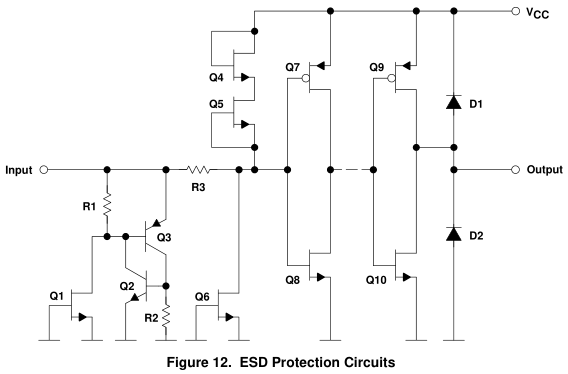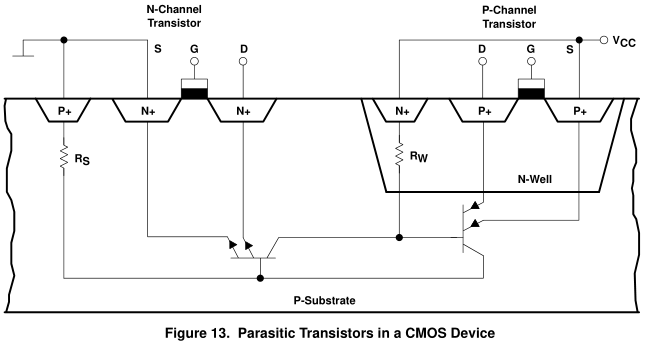Hi,
My question is as in the subject line. When trying to use these devices at cryogenic temperatures (less than 10mK), they appear to freeze out and not work at all. This suggests to me that this part contains BJTs somewhere in the circuit, as other tests have shown that purely digital CMOS circuits are not affected in this way by extremely low temperature.
Can someone confirm if the part contains BJTs or if I'm missing something? Are there any known low power schmitt triggers that are guaranteed to have no BJTs in them at all?
Many thanks



